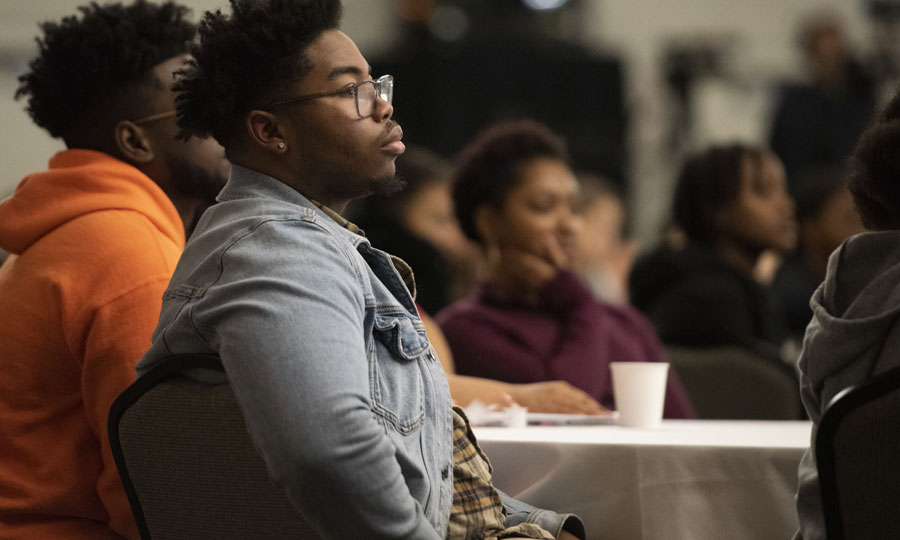Instructionally Related Activities include the Student Research Conference, class trips, university athletic and performing arts events, and the student newspaper. They enrich the campus community and enhance the educational value of our degrees, but they aren’t covered by tuition or individual course fees. Instead, students support these activities by paying an “IRA Fee” each semester.
Currently each student pays $5.00 per semester to support Instructionally Related Activities. This results in a total budget of around $200,000 each academic year. Next year the fee will go to $15 a semester.
Each year’s allocations are decided by the president, using recommendations developed by a committee of eight people: two faculty, two administrators, and four students, appointed by student government.
The CSUDH IRA fee was established in 1979 at $5 per semester and has not increased since that time.
The average IRA fee at CSU campuses is $229 per semester, with Humboldt assessing the highest IRA fee at $337 per semester followed by Sonoma at $274 per semester.

